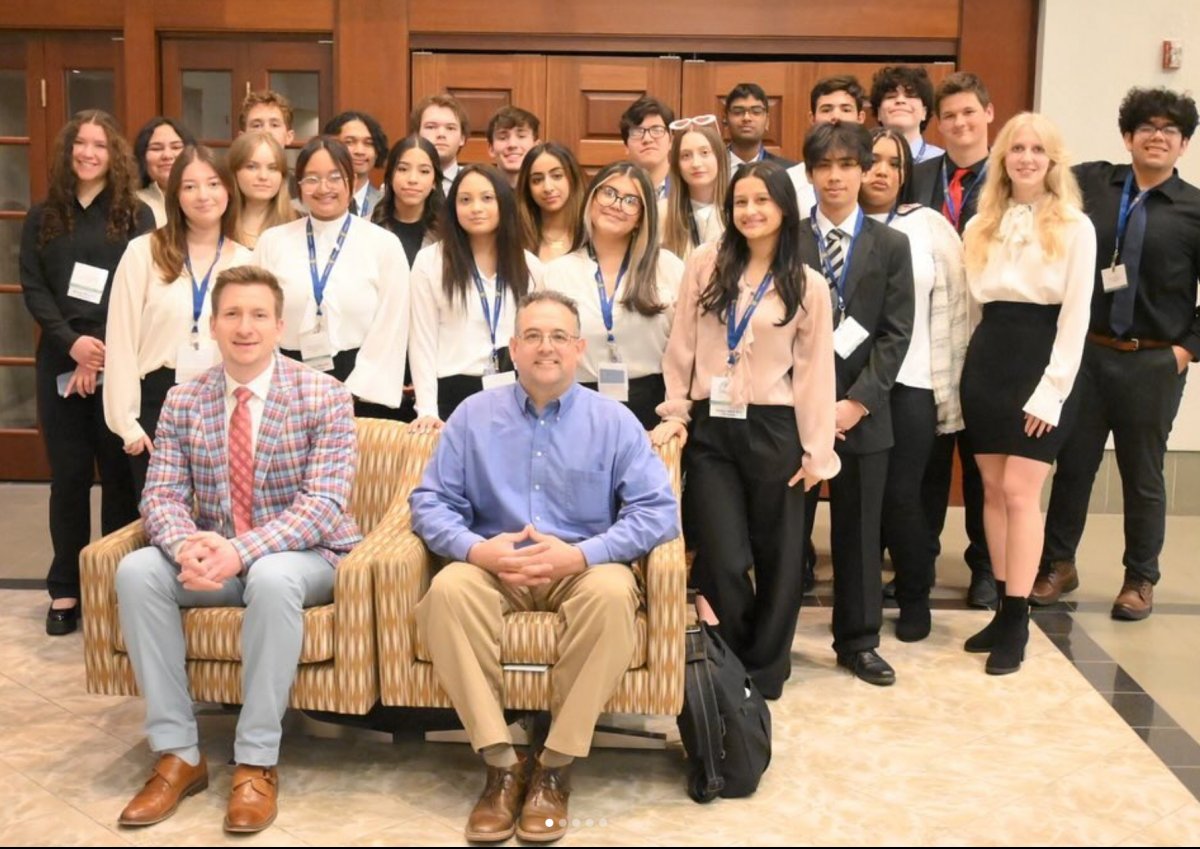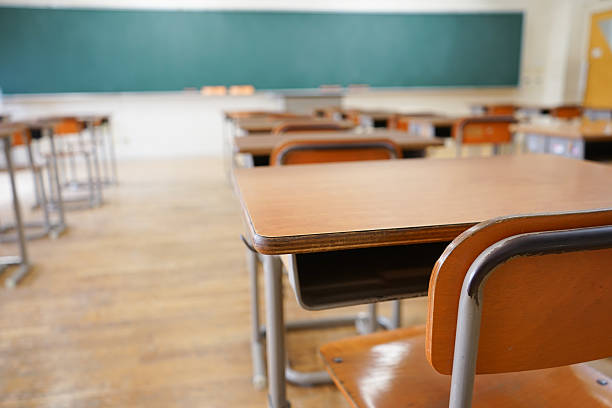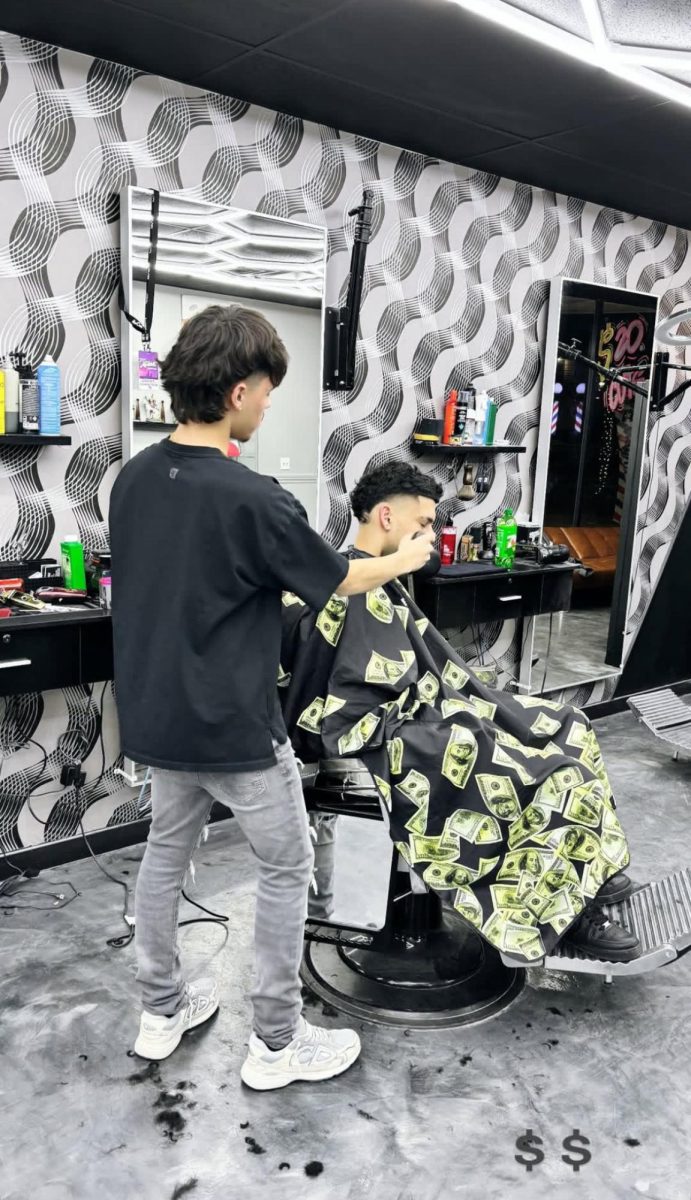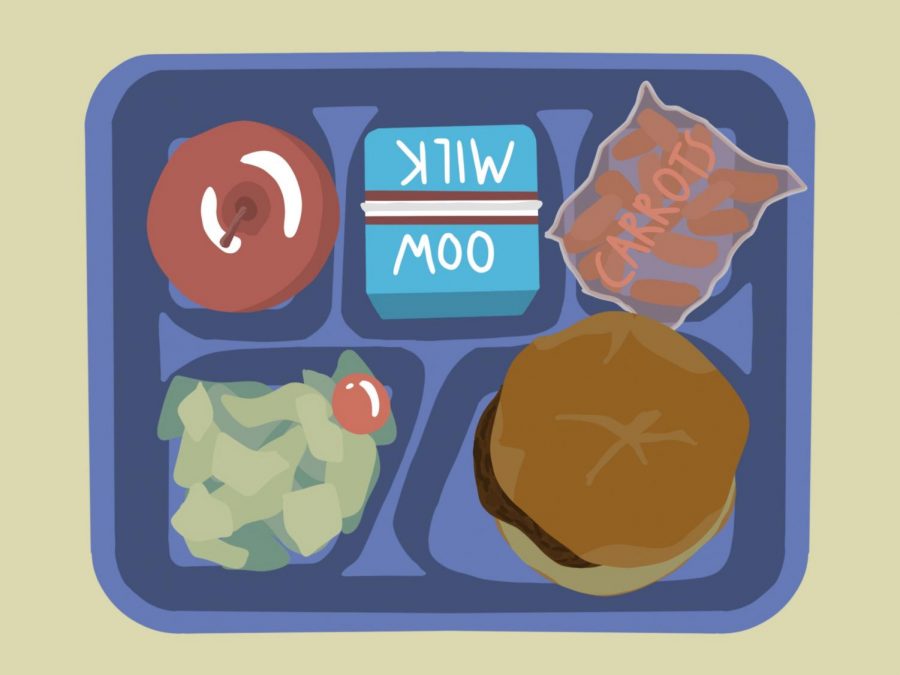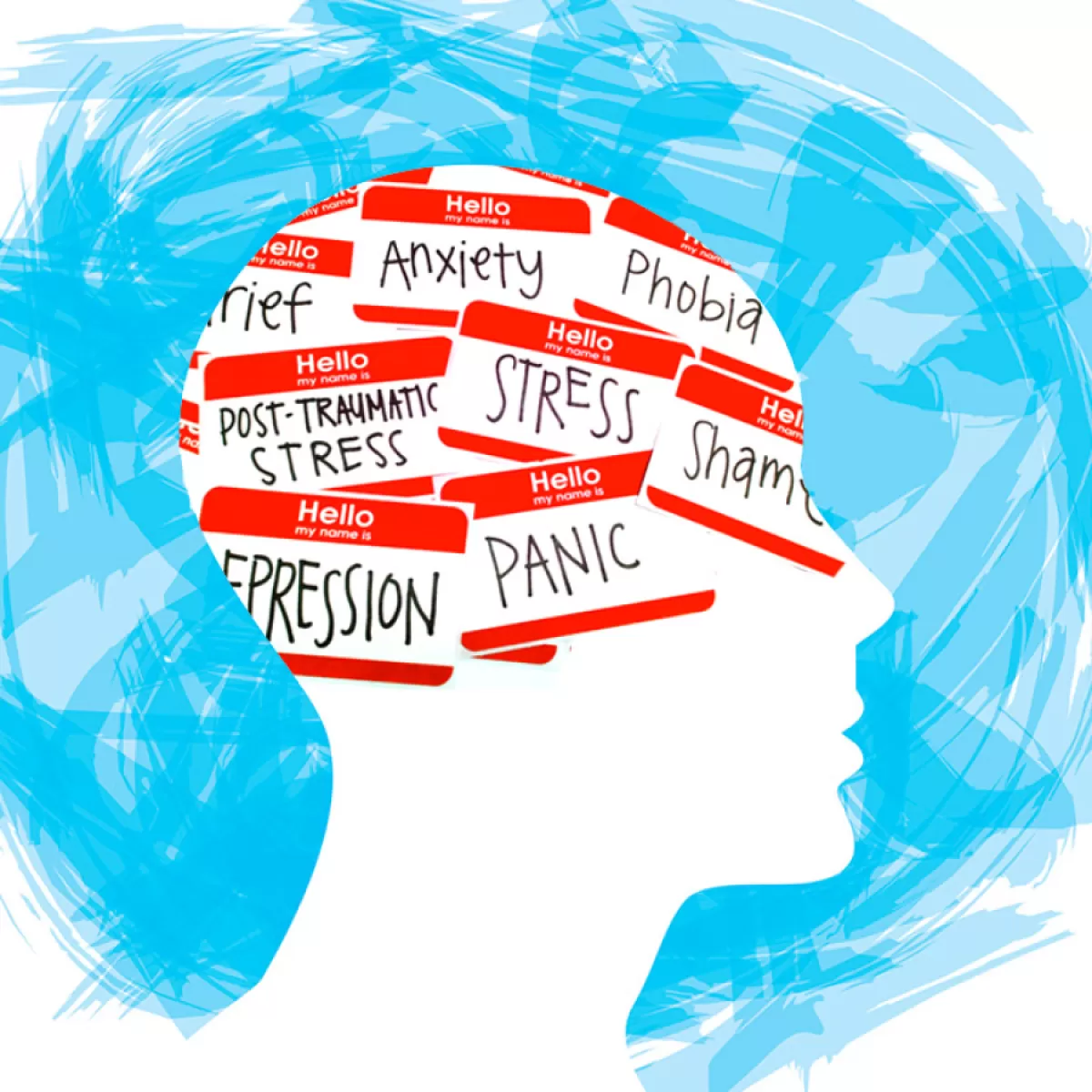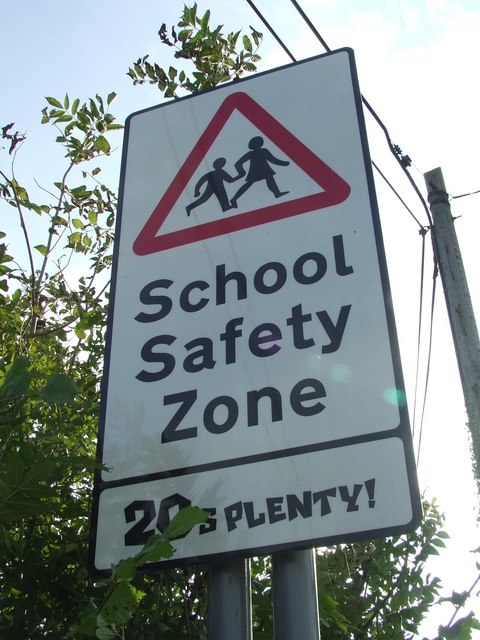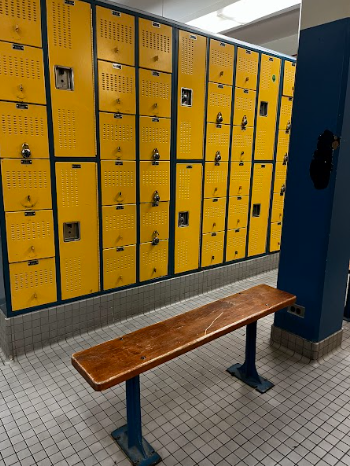Walking in school, tired, stressed, anxious, heads are down and hoods are up, students feeling unheard about their feelings. Schools around the world have been seeing an up rise of anxiety in their students. The anxiety they are feeling can not be solved by the school since it is a personal matter, but schools, specifically teachers, can help students feel safe and make it known that when they need help, they are a trustworthy person who can assist them.
Teenagers having anxiety in school has been ongoing for many years, at East and West Leyden. Students feel they don’t have opportunities or comfort to be able to express how they are feeling at school. Leyden has tried to give opportunities to students that they feel can help. Leyden has started to advance and grow their resources to help students with anxiety. Teachers feel students have opportunities within surveys and social emotions lessons they offer. depending on where your anxiety stems from, you could go to teachers. James Rossetti, an English teacher says, “There’s places to get social work such as peer leaders, and counselors.” Teachers believe that students can rely on social workers and counselors. Students may feel that they aren’t comfortable to go to them first and teachers notice students struggle with being able to talk about their feelings. Does Leyden do enough to give students as many resources as they can to help with anxiety?
This is why Leyden offers as many resources they believe can help students more. In a nationwide survey of 21,678 U.S. high school students, researchers from the Yale Center for Emotional Intelligence and the Yale Child Study Center found that nearly 75% of the students’ self-reported feelings related to school were negative.(“Students Feel High Schools Are Mostly Negative”) Schools tend to forget that high school is the hardest point in a teenagers life. Students that have negative thoughts towards school are not going to do well in school. This causes students to feel anxious in school and start to struggle more and more. Due to this students may feel embarrassed and nervous to talk to someone about how they are feeling.
Some students say they need more opportunities in school as Michelle Vera, a sophomore says, “So I will say that here at Leyden there are some resources to help students with their anxiety or like stress and how to manage that, but at the end of the day, you’re not going to feel better if you don’t look for the help yourself.” Michelle believes that Leyden does have resources to help students, but students need to be open to those opportunities and get to those helpful resources themselves. Before going to counselors and social workers Leyden does have a way to help recognize students anxiety, but might not be the best option. According to Josue Fajardo Rosa he says, “I believe schools recognize anxiety mainly through social and emotional tests that everyone takes. I think these aren’t accurate because anyone could purposely answer in a different way then they are actually feeling meaning inaccurate results. So I don’t think it is recognized enough if their main way of recognizing it is through a multiple choice test.” Accuracy is one of the biggest problems with these tests. Most of the time students will lie because they don’t want to feel pressure when called to counselors or social workers to talk or ask for help. Emily Mancha has some things to say about inaccuracy and teacher student relationships: “Unexpected reaction from teachers is what causes students not to open up or be truthful about what is really going on. Having a positive attitude and just showing you care about the classroom and every student is what makes or breaks a relationship between student and teacher.” These two students agree that some of the ways Leyden tries to help students without using face to face communication with counselors, can result in students being untruthful.
These resources that Leyden has are very public, meaning too open and difficult for students to feel comfortable to talk to their counselors, social workers and peers. As Emily says, “Unexpected reactions” is one of the main reasons students can find it very difficult to be truthful towards any adults in their life. Social anxiety is one of the reasons why students have trouble talking to teachers or anybody about the issues they are having. Social anxiety is the fear in situations where they may be criticized or judged by others. “This has worsened during the COVID-19 pandemic, and we are living in more times of stress and anxiety than ever before. The teenage years generally have significant stress and this has worsened during the pandemic.”(“Anxiety and Stress in Teens.” ). Students suffer with anxiety everyday and students and teachers think that opening up new resources from a students point of view can help. Getting help from social workers and counselors can give other opinions to open up those opportunities to better help the environment for students to manage their anxiety. Sophomore Larissa Nevarez says it best, “Finding time for yourself and giving yourself a break from what’s causing your anxiety can help.”
Works Cited
“Anxiety and Stress in Teens.” John Hopkins Medicine, 2024, www.hopkinsmedicine.org/health/conditions-and-diseases/anxiety-disorders/anxiety-and-stress-in-teens. Accessed 22 Nov. 2024.
Anxiety and Stress in Teens
“Students feel high schools are mostly negative.” News Yale, 20 Jan. 2020, news.yale.edu/2020/01/30/national-survey-students-feelings-about-high-school-are-mostly-negative. Accessed 22 Nov. 2024.
National Surveys
“Teen Mental health facts and statistics.” Compass health center, 2024, blog.compasshealthcenter.net/teen-mental-health-statistics#:~:text=Teen%20Anxiety%20Statistics%3A,teens%20aged%2017%20to%2018. Accessed 13 Nov. 2024.
Anxiety disorders are the most common mental health conditions seen in teenagers, impacting an estimated 31.9% of teens.





